Table of Contents
David Torn
The Textural Guitarist You Need to Know
David Torn is an American guitarist, composer, and producer who has been making innovative and influential music for over four decades.
He is known for combining electronic and acoustic instruments and for his use of looping, which creates layers of sound that can be manipulated in real-time. He has also worked with some of the biggest names in music, such as David Bowie, Madonna, Tori Amos, and k.d. lang, as well as composing scores for films and TV shows.
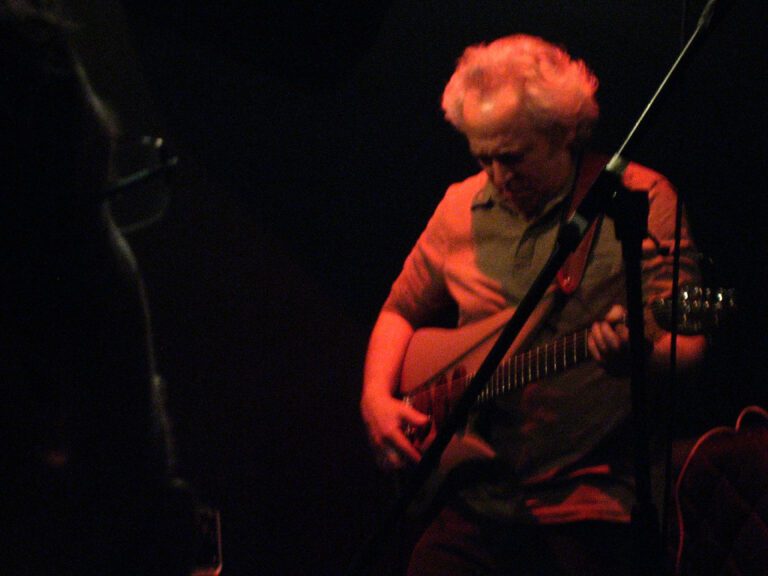
Early Life and Influences
David Torn was born on May 26, 1953 in Amityville, New York. He grew up in a musical family: his father was a jazz pianist and his mother was a singer.
He started playing guitar at the age of 12, and was influenced by a variety of genres, such as rock, jazz, blues, classical, and avant-garde.
He studied with Leonard Bernstein as part of the “Music for Young Composers” series, and also learned from guitarists John Abercrombie, Paul Weiss, and Arthur Basile. He developed an interest in electronic music and experimented with tape loops and synthesizers.
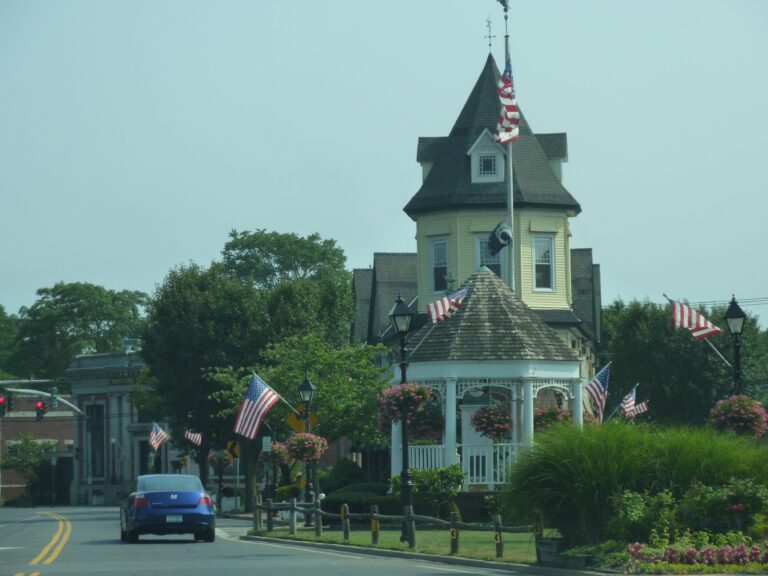
Career Highlights
David Torn began his professional career in the 1970s with the Ithaca-based jam band Zobo Funn Band.
He then moved to New York City and joined The Everyman Band, a jazz-rock fusion group that recorded two albums for ECM Records. He also formed his own band, Brains, which featured future members of Living Colour and The Lounge Lizards. In the mid-1980s, he released his first solo album, Best Laid Plans, which showcased his unique style of guitar playing that blended ambient textures, distorted tones, and rhythmic loops.
He followed it with Cloud About Mercury, which featured legendary musicians Bill Bruford, Tony Levin, and Mark Isham.
In the late 1980s and early 1990s, David Torn became a sought-after session musician and producer for many artists across different genres.
He also composed music for films such as The Big Lebowski (1998), Friday Night Lights (2004), The Departed (2006), No Country for Old Men (2007), The Wackness (2008), Lars and the Real Girl (2007), Everything Must Go (2010), Lincoln (2012), Only Lovers Left Alive (2013), Velvet Buzzsaw (2019), Joker (2019), and TV shows such as Goliath (2016-present) and Yellowstone (2018-present).
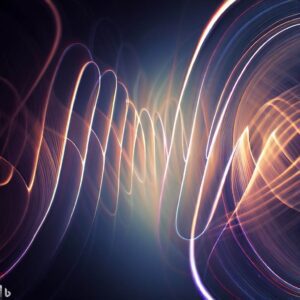
Personal Life and Challenges
David Torn is married to Linda B. Brecht-Torn since 1975. They have two sons: Elijah B. Torn, who is an electronic musician, and Cody M. Torn. He is also related to several actors: he is the cousin of Rip Torn and Angelica Torn, and the nephew of Geraldine Page. He lives in Bearsville, New York, where he has his own studio called Cell Labs.
David Torn has faced some serious health challenges in his life. In the 1990s, he was diagnosed with an acoustic neuroma, a type of brain tumor that affects the hearing and balance nerves. He underwent surgery that left him deaf in his right ear, but he was able to recover and continue making music. He said that he had to learn to mix his music by visualizing the stereo aspects of sound rather than hearing them. He also suffered a heart attack in 2014, which required a triple bypass surgery. He said that these experiences made him more grateful and appreciative of life and music.
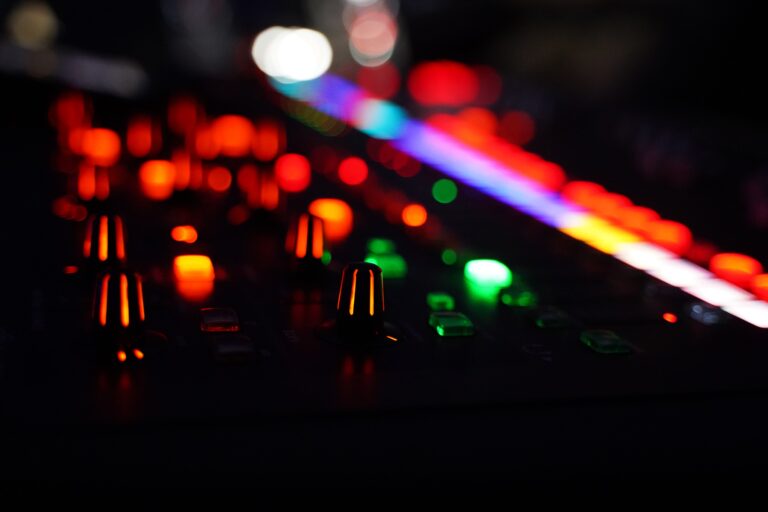
Why I Love David Torn’s Music
I have been a fan of David Torn’s music for a long time, and I think he is one of the most inspiring and original guitarists I have ever heard.
His music is not easy to categorize or label, as he draws from many influences and creates his own sound world.
He is not afraid to experiment with different effects, techniques, and genres, and he always surprises me with his creativity and expression.
He can make his guitar sound like anything, from a gentle whisper to a roaring thunder, from a delicate melody to a chaotic noise, from a simple loop to a complex orchestration. He can also create beautiful atmospheres and moods with his music, whether it is soothing, haunting, playful, or intense.
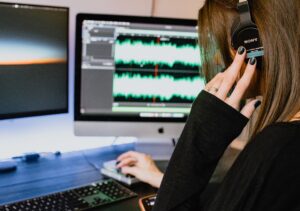
Discography
Best Laid Plans (1985)
This is the first solo album by David Torn, recorded with Geoffrey Gordon on percussion. It features six compositions that showcase Torn’s unique style of guitar playing, using loops, delays, effects, and unconventional techniques. The music is atmospheric, adventurous, and sometimes chaotic, but always captivating. You can hear influences from jazz, rock, world music, and ambient in this album.
Cloud About Mercury (1987)
This is the second solo album by David Torn, and his first for the ECM label. It features a stellar lineup of musicians: Mark Isham on trumpet, Tony Levin on bass and stick, and Bill Bruford on drums. The album consists of four long tracks that explore the possibilities of fusion, improvisation, and composition. The music is complex, dynamic, and expressive, with Torn’s guitar weaving in and out of the other instruments.
Door X (1990)
This is the third solo album by David Torn, and his first for the Windham Hill label. It is a more personal and introspective album than his previous ones, reflecting his struggle with a life-threatening brain tumor. The album contains nine tracks that range from ambient soundscapes to intense rock jams. The music is emotional, powerful, and healing, with Torn’s guitar expressing his inner turmoil and hope.
Polytown (1994)
This is a collaborative album by David Torn, Mick Karn on bass and saxophone, and Terry Bozzio on drums. It is a fusion of rock, jazz, funk, and world music, with each musician bringing their own distinctive voice to the mix. The album contains 11 tracks that are groovy, funky, and experimental. The music is playful, inventive, and fun, with Torn’s guitar adding spice and color to the rhythm section.
Tripping ꞉ Over ꞉ God (1995)
This is the fourth solo album by David Torn, and his second for the CMP label. It is a more experimental and adventurous album than his previous ones, using more electronics, samples, and processing. The album contains seven tracks that are abstract, unpredictable, and sometimes disturbing. The music is challenging, daring, and visionary, with Torn’s guitar creating new sonic worlds.
What Means Solid, Traveller? (1996)
This is the fifth solo album by David Torn, and his third for the CMP label. It is a more melodic and accessible album than his previous ones, using more acoustic instruments and vocals. The album contains eight tracks that are lyrical, atmospheric, and sometimes humorous. The music is beautiful, enchanting, and surprising, with Torn’s guitar singing along with his voice.
Marco Polo (1995) & Marco Polo II (1998)
These are two collaborative albums by Nicola Alesini on saxophone and Pier Luigi Andreoni on keyboards,
featuring guest appearances by David Sylvian, Roger Eno (Brother of Brian Eno), David Torn, Harold Budd, Steve Jansen, Richard Barbieri, and others.
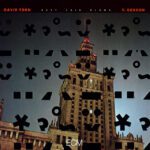
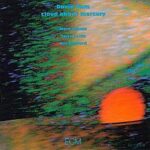
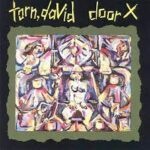
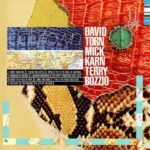
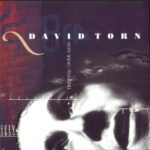
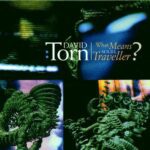
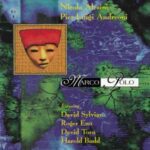
Equipment
First of all, let’s talk about his guitars. David Torn is not a conventional guitarist who sticks to one type of guitar or tuning. He likes to experiment with different guitars, such as electric, acoustic, baritone, and even a custom-made double-neck guitar. He also uses various tunings, sometimes changing them on the fly during a performance. He often uses open tunings, such as DADGAD or CGCGCE, which allow him to create rich harmonies and drone effects.
David Torn is a master of using effects to create sonic landscapes and textures. He has a large collection of pedals, some of which he modifies or builds himself. Some of the effects he uses include delay, reverb, distortion, chorus, flanger, phaser, pitch shifter, loopers, and more. He often chains multiple pedals together to create complex signal paths and feedback loops. He also uses expression pedals and footswitches to control the parameters of his effects in real-time.
He is not afraid to crank up the volume and use feedback as a musical element. He uses various amplifiers, such as Fender, Marshall, Vox, and Mesa Boogie, to achieve different tones and dynamics. He also uses different speakers and cabinets, such as Celestion, Jensen, and EVM, to shape the sound of his amps. He sometimes places microphones in front of his speakers and runs them through his effects pedals to create more layers and textures.
He is not only a guitarist but also a multi-instrumentalist who plays keyboards, percussion, saxophone, and more. He also uses samplers, synthesizers, drum machines, and computers to create loops and beats. He sometimes incorporates field recordings and found sounds into his music as well. He is always looking for new ways to expand his sonic palette and express his musical vision.
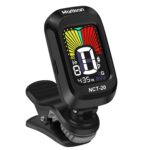
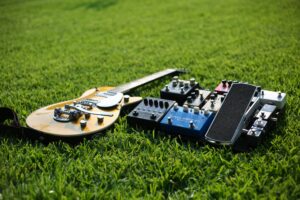
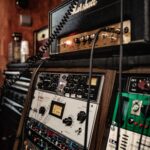
Conclusion
David Torn is a textural guitarist who has been making innovative and influential music for over four decades. He is known for combining electronic and acoustic instruments and for his use of looping.
He has also worked with some of the biggest names in music, such as David Bowie, Madonna, Tori Amos, and k.d. lang, as well as composing scores for films and TV shows. He has faced some serious health challenges in his life, but he has overcome them and continued making music. He is one of the most inspiring and original guitarists I have ever heard, and I think you should check out his music if you haven’t already.

David Torn FAQ
Q: What kind of guitar does he play?
A: David Torn plays a custom-made Klein electric guitar that has a very ergonomic design and a distinctive headless look. He also uses a variety of acoustic guitars, such as a Martin D-28 and a Godin Multiac Nylon. He often modifies his guitars with different pickups, switches and electronics to suit his needs.
Q: What kind of effects does he use?
A: David Torn uses a lot of effects pedals and rack units to create his sounds. Some of the effects he uses are delays, reverbs, pitch shifters, harmonizers, distortions, filters, modulations and more. He also uses a loop station to record and layer his guitar parts live. He likes to experiment with different combinations and settings of effects to achieve unexpected results.
Q: How does he compose his music?
A: David Torn composes his music in various ways, depending on the project and the mood. Sometimes he writes down his ideas on paper or on a computer, sometimes he improvises on the spot, sometimes he collaborates with other musicians or producers. He often uses his effects and loops as compositional tools, creating textures and melodies that inspire him. He also likes to incorporate elements from different genres and cultures into his music, such as jazz, rock, ambient, world music and more.

